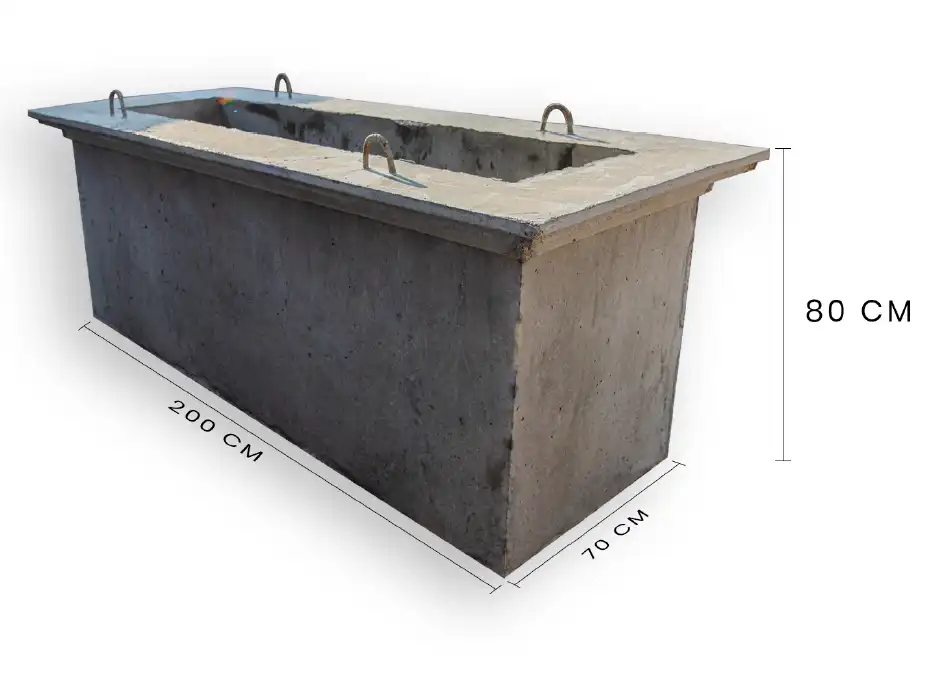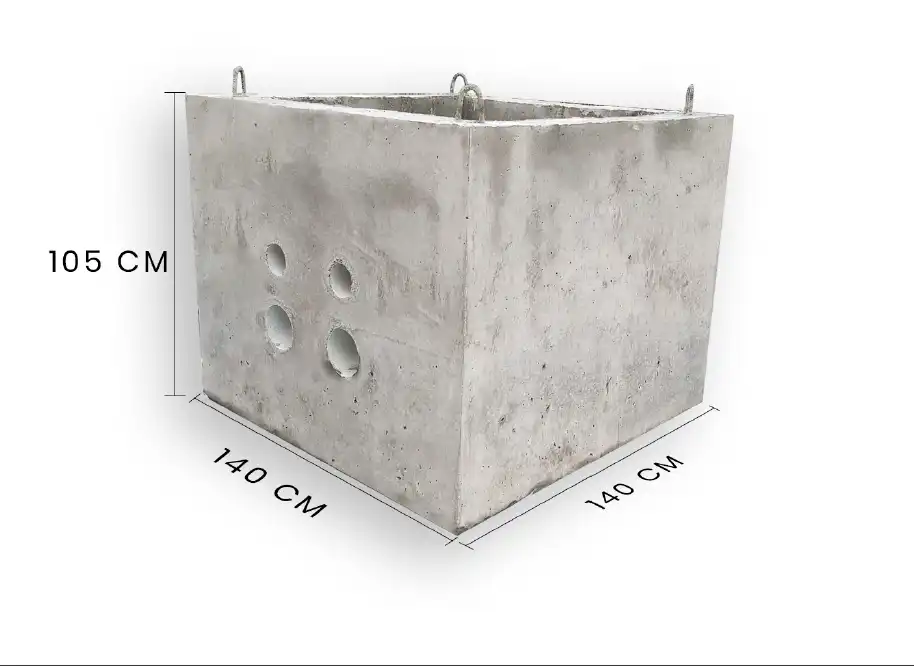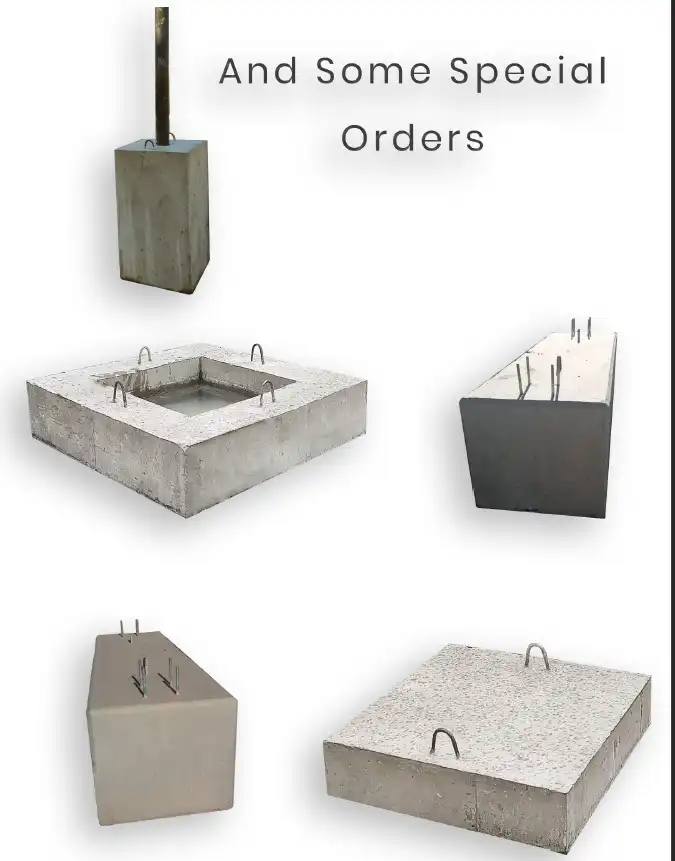Ready-Mixed Concrete
What is the Ready-mix Concrete
Ready-mix concrete is concrete that is manufactured in a factory or batching plant, according to a set recipe, and then delivered to a work site by truck mounted in–transit mixers. This results in a precise mixture, allowing specialty concrete mixtures to be developed and implemented on construction sites. The first ready-mix factory was built in the 1930s, but the industry did not begin to expand significantly until the 1960s, and it has continued to grow since then.
Ready-mix concrete is often preferred over on-site concrete mixing because of the precision of the mixture and reduced work site confusion.
Ready-mix concrete, or RMC as it is popularly called, refers to concrete that is specifically manufactured for delivery to the customer's construction site in a freshly mixed and plastic or unhardened state.
Ready-mix concrete is manufactured under controlled operations and transported and placed at site using sophisticated equipment and methods.
Learn how the natural ingredients of concrete combine to form a remarkably strong, durable and economical building material that has been benefiting mankind for millennia.
Concrete Basics
In its simplest form, concrete is a mixture of paste and aggregates (sand & rock). The paste, composed of cement and water, coats the surface of the fine (sand) and coarse aggregates (rocks) and binds them together into a rock-like mass known as concrete.
Within this process lies the key to a remarkable trait of concrete: it’s plastic and can be molded or formed into any shape when newly mixed, strong and durable when hardened. These qualities explain why one material, concrete, can build skyscrapers, bridges, sidewalks, and superhighways, houses and dams.
The key to achieving a strong, durable concrete rests on the careful proportioning and mixing of the ingredients. A concrete mixture that does not have enough paste to fill all the voids between the aggregates will be difficult to place and will produce rough, honeycombed surfaces and porous concrete. A mixture with an excess of cement paste will be easy to place and will produce a smooth surface; however, the resulting concrete will be more likely to crack and be uneconomical.
A properly proportioned concrete mixture will possess the desired workability for the fresh concrete and the required durability and strength for the hardened concrete. Typically, a mixture is by volume about 10 to 15 percent cement, 60 to 75 percent aggregates and 15 to 20 percent water.
Cement and water form a paste that surrounds and binds each particle of sand and stone. Through a chemical reaction of cement and water called hydration, the paste hardens and gains strength.
The character of concrete is determined by the quality of the paste. The strength of the paste, in turn, depends on the ratio of water to cement. The water-cement ratio is the weight of the mixing water divided by the weight of the cement. High-quality concrete is produced by lowering the water-cement ratio as much as possible without sacrificing the workability of fresh concrete. Generally, using less water produces a higher quality concrete provided the concrete is properly placed, consolidated and cured.
Other Ingredients
Aggregates for concrete are chosen carefully. Aggregates comprise 60 to 75 percent of the total volume of concrete. The type and size of the aggregate mixture depends on the thickness and purpose of the final concrete product. Relatively thin buildings sections can require small coarse aggregates, though aggregates up to six inches (150 mm) in diameter have been used in large dams. A continuous gradation of particle sizes is desirable for efficient use of the paste. In addition, aggregates should be clean and free from any matter that might affect the quality of the concrete.
Almost any natural water that is drinkable and has no pronounced taste or odor may be used as mixing water for concrete. However, some waters that are not fit for drinking may be suitable for concrete.
Excessive impurities in mixing water not only may affect time and concrete strength, but also may cause efflorescence, staining, corrosion of reinforcement, volume instability and reduced durability.
Specifications usually set limits on chlorides, sulfates, alkalis, and solids in mixing water unless tests indicate that the water will not negatively impact concrete properties.
Concrete Security Products

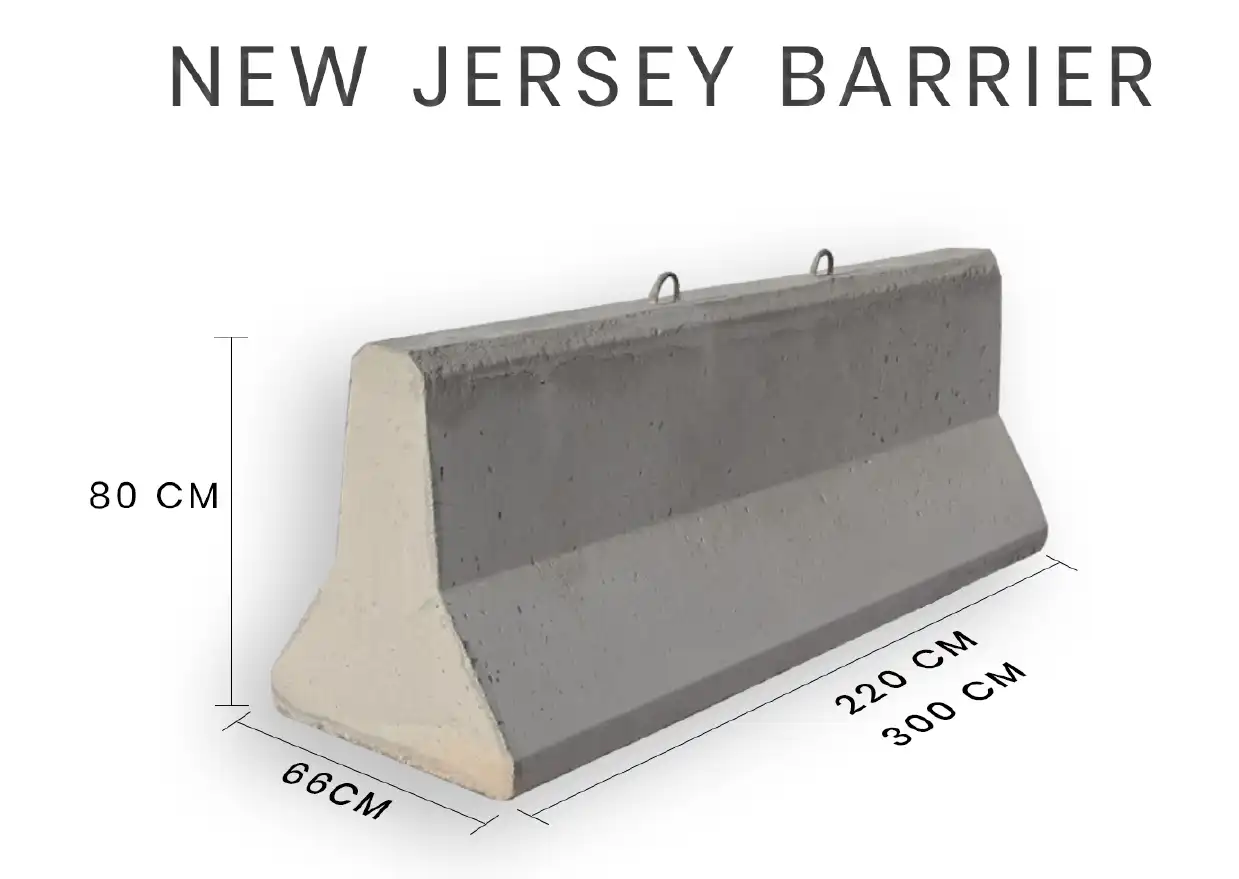
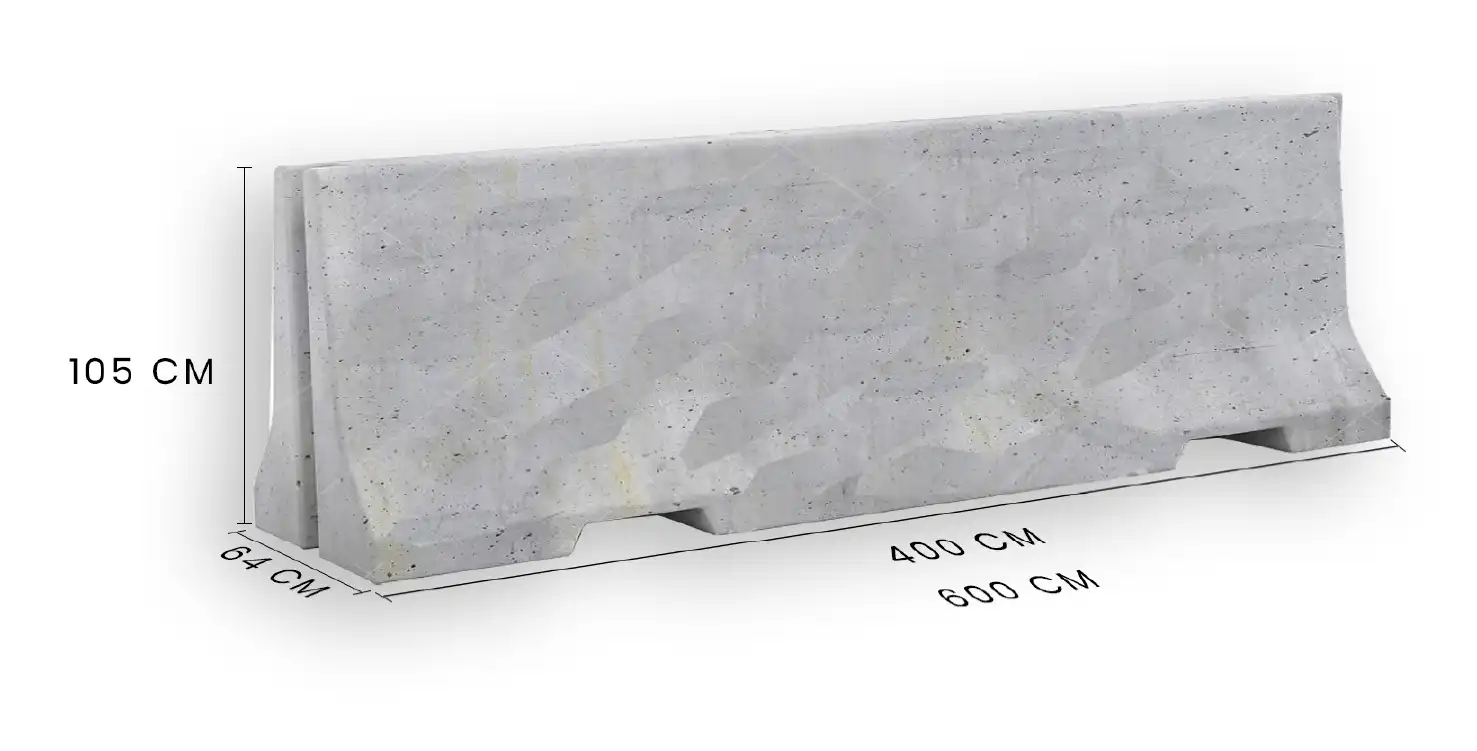
/Guard tower.webp)

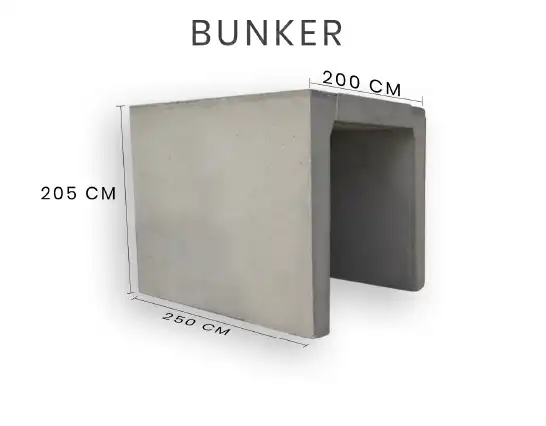
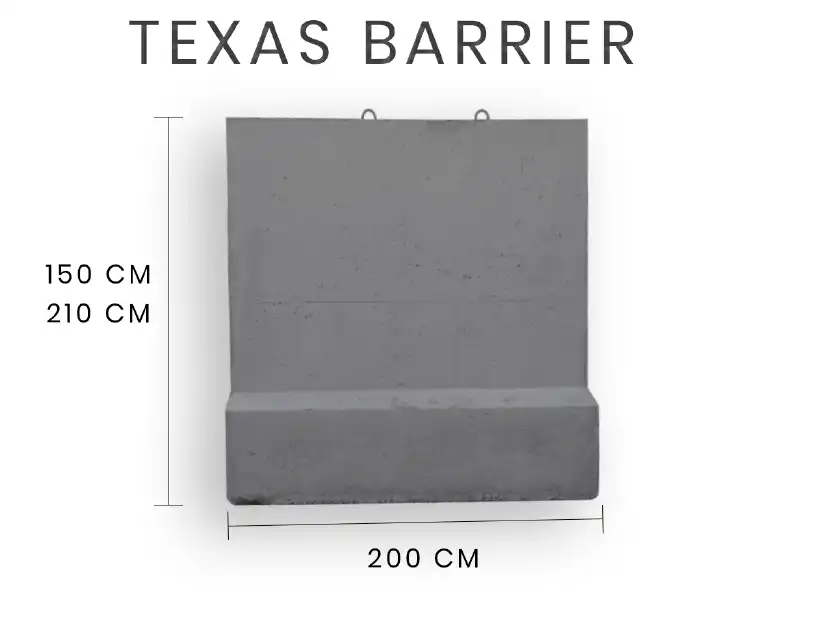

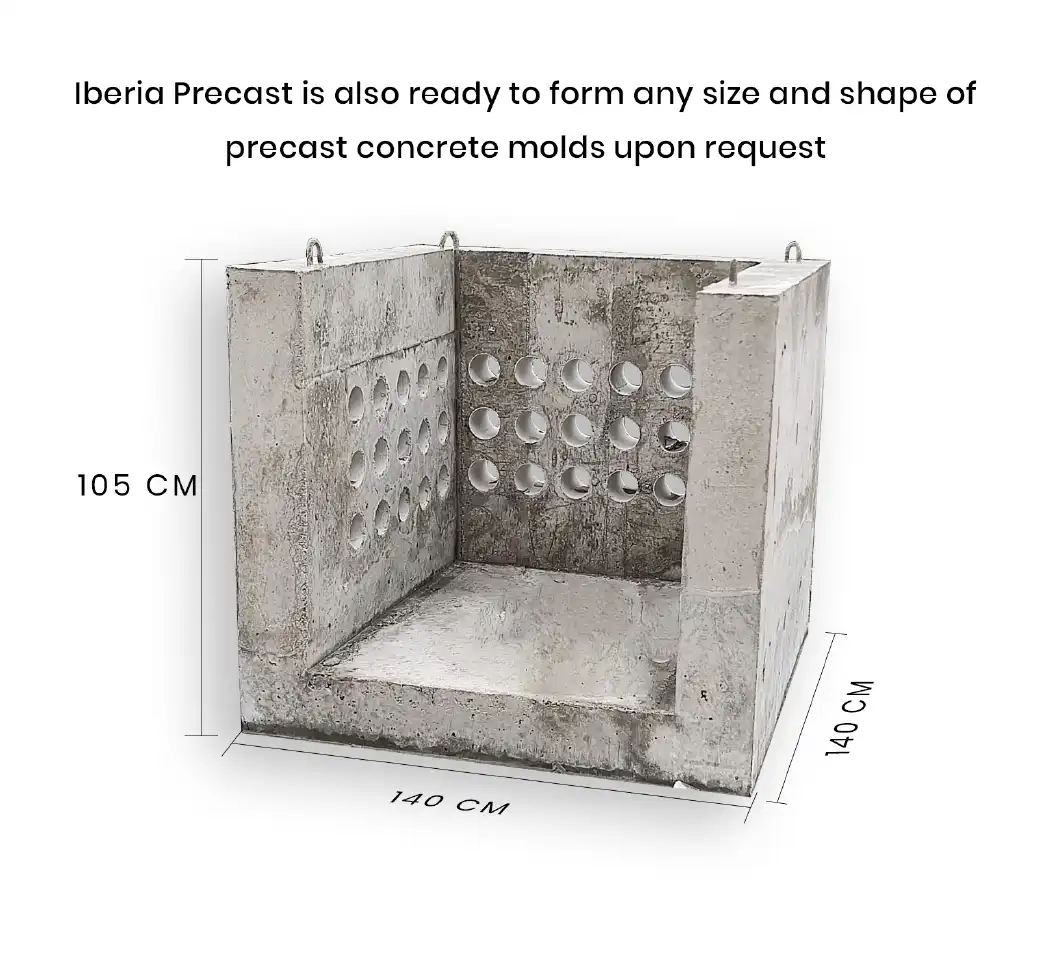
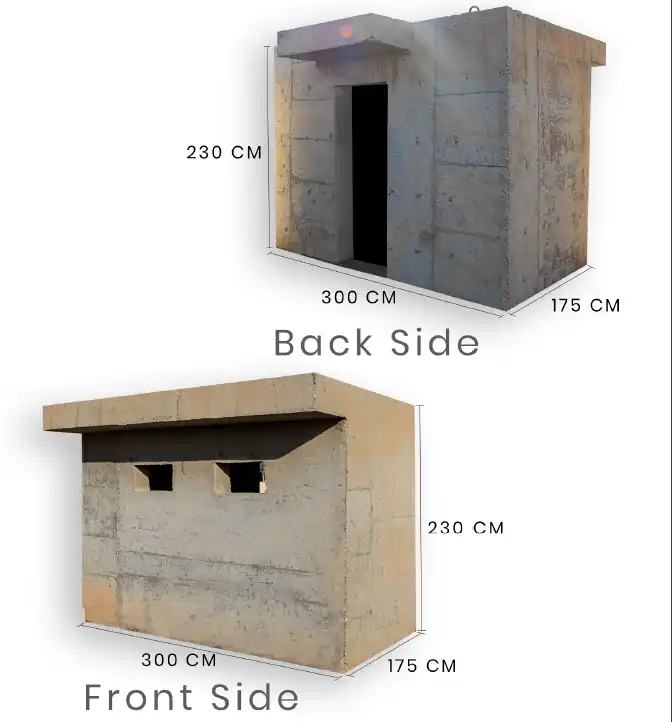
/ddddddddd.webp)
/Capssssssture.webp)
